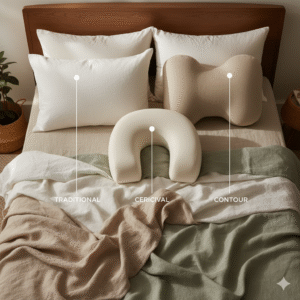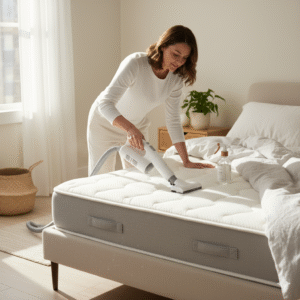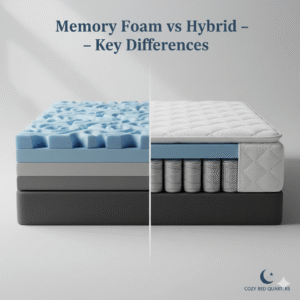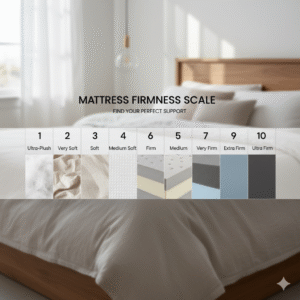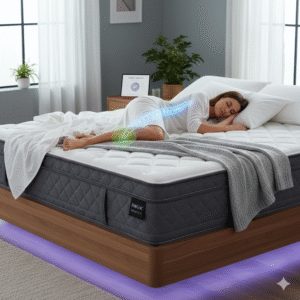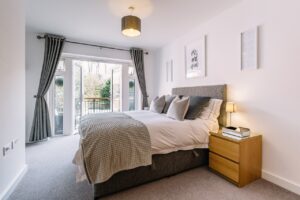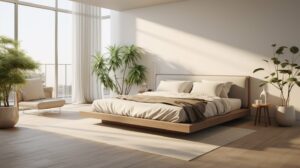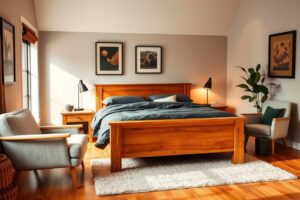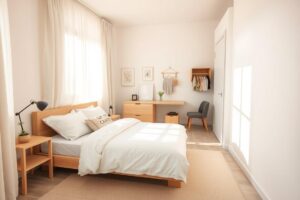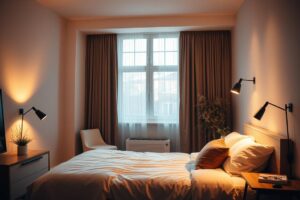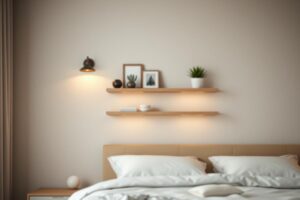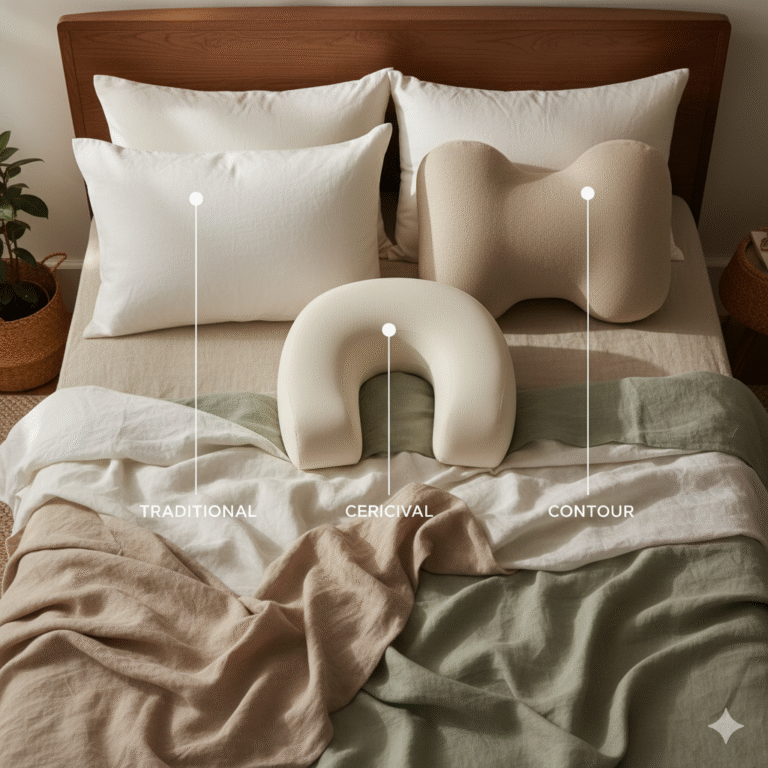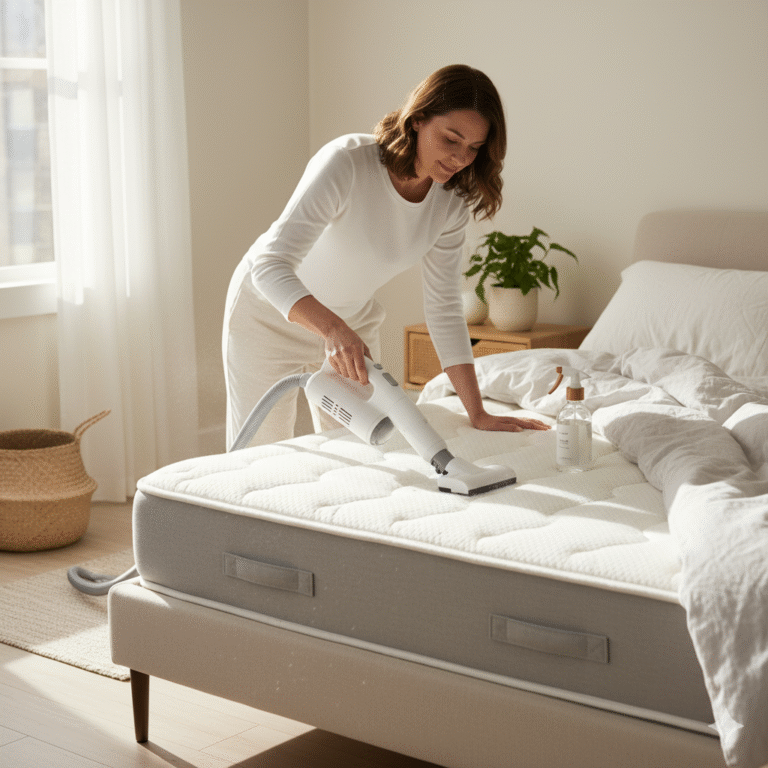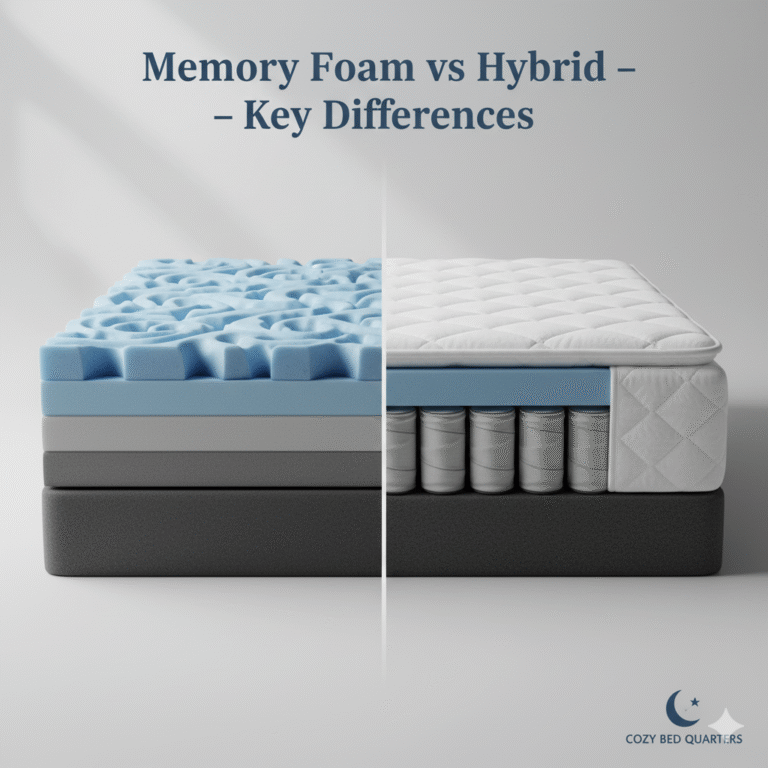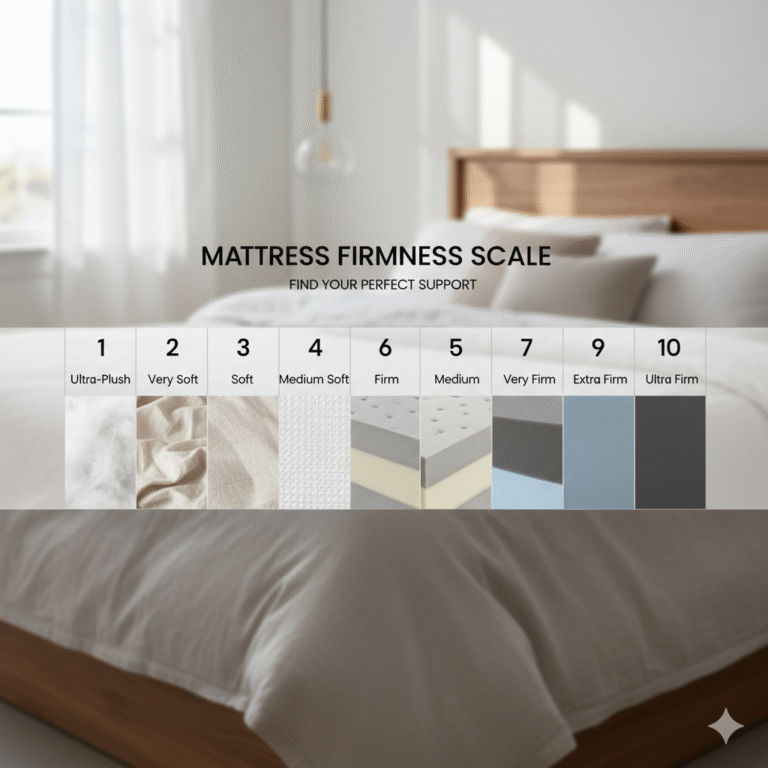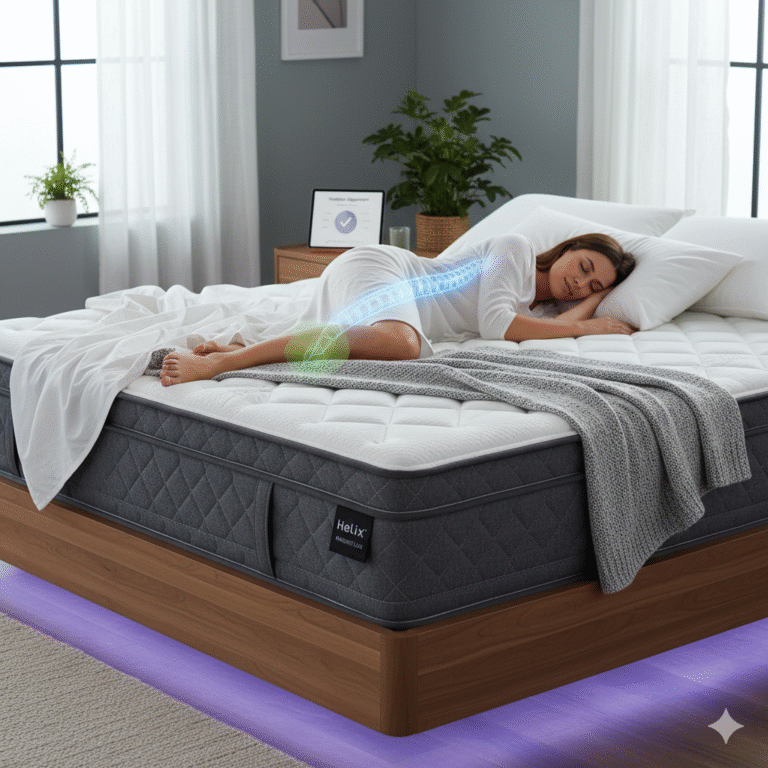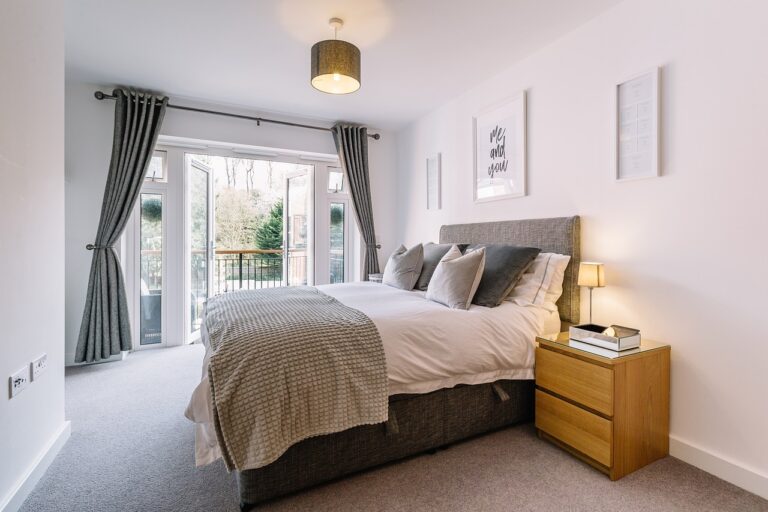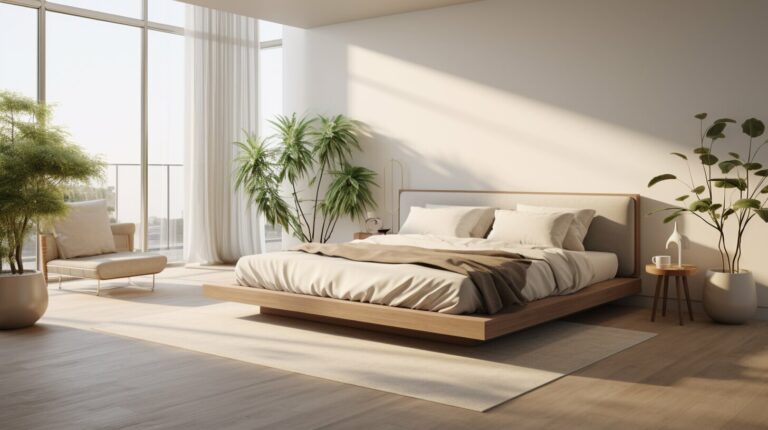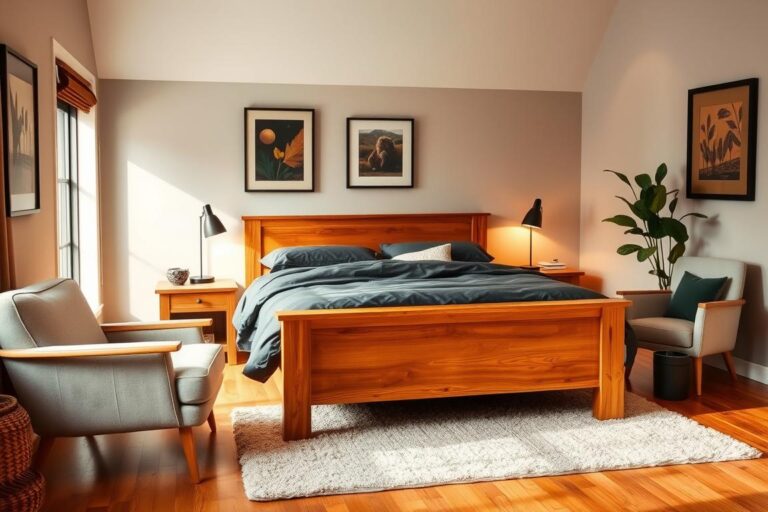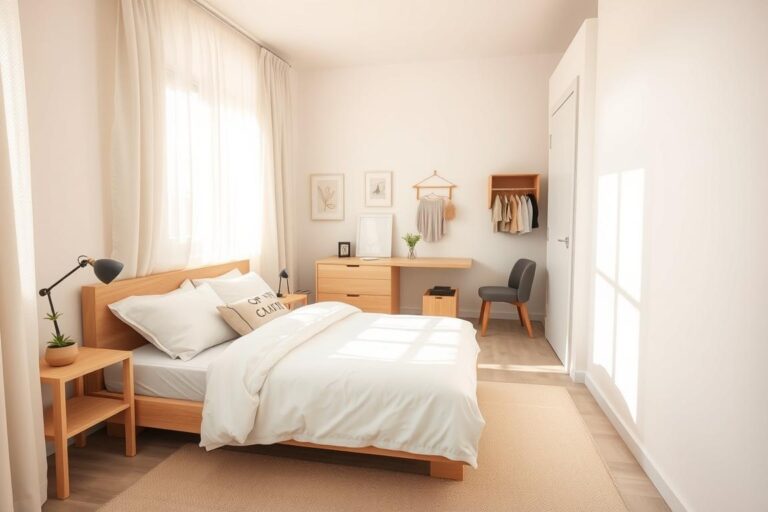Masculine Bedroom Accessories Ideas: 21 Bold Tips
Updated 2025 — Masculine Bedroom Accessories Ideas can quickly transform a plain room into a modern retreat. Start with grounded colors, layer lighting, mix tactile materials, and use purposeful storage so your space feels intentional, comfortable, and unmistakably yours.
Key Takeaways on Masculine Bedroom Accessories Ideas
- Begin with a grounded palette (charcoal, navy, olive) and add 20–30% accent tones.
- Layer overhead, task, and ambient lighting to shape mood and structure.
- Choose durable, tactile materials—leather, wool, wood, stone, and brushed metal.
- Prioritize function and form: every accessory should earn its place.
- Personalize minimally with art, books, and memorabilia to avoid clutter.
A Purpose-Driven Space: Why Accessories Matter
Accessories define the tone of the room and deliver daily utility. Think of them as small levers that change how the space looks and works without a remodel.
Mini-scenario: set a leather valet tray on your nightstand for wallet and keys, add a black metal vase, and keep one framed photo—clean, useful, and personal. For broader direction, explore our pillar overview of bedroom accessories and styling.

Featured look: edited, purposeful accessories anchor the room without clutter.
Palette & Materials that Ground the Room
Use a 70/30 mix—about 70% base (charcoal, navy, olive, espresso, matte black) and 30% accent (rust, oxblood, steel blue). Texture multiplies impact and keeps neutrals interesting.
Mini-scenario: paint the wall a deep charcoal, add a navy duvet, then drop in a rust throw and an oxblood leather pillow for focus. For sleep-friendly choices, the National Sleep Foundation’s bedroom environment guide notes that darker, quieter spaces support better rest, and the AASM’s “Make your sleep space a sanctuary” tips reinforce dim, calm lighting at night.

Grounded palette + restrained accents = calm visual structure.
Layered Lighting that Shapes Mood
Lighting is the fastest way to sharpen your room’s look. Combine a statement ceiling fixture with symmetrical wall lights and soft ambient sources for balance.
Mini-scenario: pair a matte-black pendant with two wall-mounted bracket lamps; add low-profile LEDs behind the headboard for a subtle halo. For fundamentals, see Bedroom Lighting 101. As a health note, the CDC recommends adults get at least 7 hours of sleep; warm, dim lighting in the evening can help you wind down.

Statement fixtures plus soft backlighting = structured ambiance and easier wind-downs.
Furniture, Storage & Textiles with a Strong Identity
Choose clean-lined, durable pieces so form and function align. Every object should earn its footprint, especially in smaller rooms.
Mini-scenario: a walnut dresser with black hardware, a leather bench at the foot of the bed, and floating shelves for books and art. Compare frames by material in bed frame material types, then layer soft goods. When shopping textiles, look for independent certifications—this bedding certifications explainer clarifies labels like GOTS and GREENGUARD; brands such as Happsy publish their GOTS/GOLS and GREENGUARD credentials to help you verify claims.

Grain-forward walnut with black metal accents delivers refined utility.
Bedding Layers that Look Crisp, Not Cold
Stick to solids or subtle patterns, then layer textures for warmth: linen, cotton, flannel, and knits read masculine yet comfortable.
Mini-scenario: charcoal percale sheets, a taupe wool throw, two textured pillows, and one leather accent cushion. If you love quick visual upgrades, our bedding sham styling guide shows simple arrangements that work across bed sizes.

One principle, many looks: edit, layer, and keep materials consistent.
Art, Personal Touches & Simple Styling Templates
Show personality without visual noise. Larger, restrained pieces keep the room calm and grown-up.
Mini-scenario A (Warm Modern): walnut bed, charcoal bedding, two bracket lights, three black-and-white photos evenly spaced, and a shelf holding three hardcover books, a candle, and a watch tray—Masculine Bedroom Accessories Ideas at their most livable. Mini-scenario B (Urban Minimal): slim black frame, gray linen sheets, a single graphic print, and a valet stand catching a jacket and briefcase.
FAQ
What makes accessories feel masculine?
Strong lines, natural textures, and darker neutrals. Leather, wood, wool, stone, and metal are common—kept simple and useful.
How do I avoid a cold, sterile look?
Layer warm woods and textiles, use dimmable lighting, and display a few meaningful items. Even a textured rug softens a minimal scheme.
Should I avoid bright colors?
No. Use bold hues as accents against a grounded base. A rust throw or oxblood pillow adds energy without chaos.
How many accessories is too many?
If surfaces feel crowded or hard to maintain, edit. Keep only what serves a clear function or adds real visual value.
Which certifications matter for bedding?
Look for third-party labels like GOTS, GOLS, and GREENGUARD. See this plain-English guide to bedding certifications.
Conclusion
Masculine Bedroom Accessories Ideas are about more than looks—they help you live better in your space. Start with the grounded essentials above, then layer accents over time. Explore more ideas at Cozy Bed Quarters, refine what works, remove what doesn’t, and let your bedroom speak clearly for who you are.


